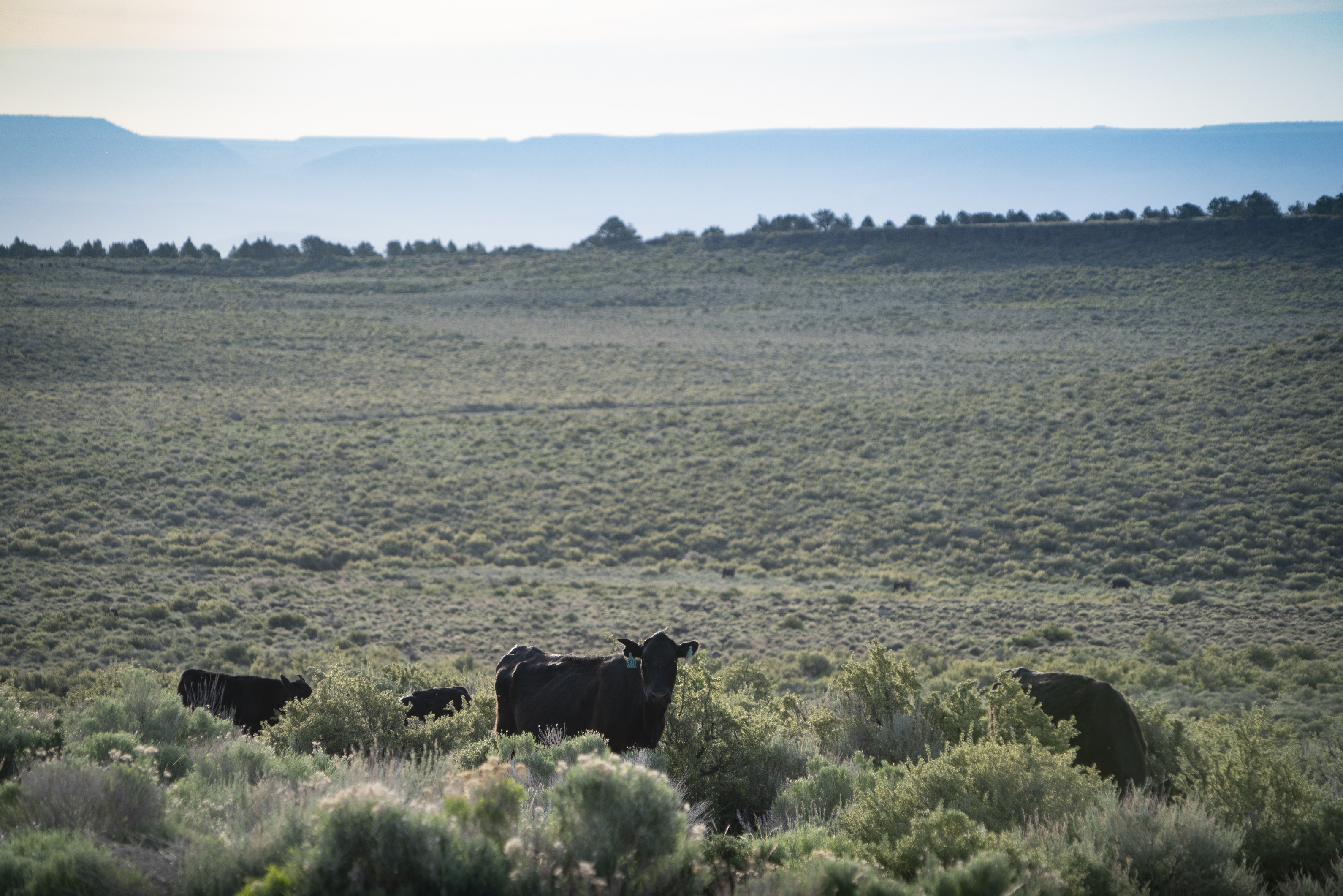Linda Poole
NCAT Regenerative Grazing Specialist
USDA's Natural Resources Conservation Service (NRCS) has a program called Working Lands for Wildlife. WLFW provides financial and technical support for private landowners looking to remove trees from western rangelands. Since 2010, WLFW has partnered with more than 3,000 ranchers to conserve more than 10 million acres of sagebrush country and grasslands. Researchers studying the topic found that:
Read more about it at:

 www.farmers.gov
www.farmers.gov
Removing encroaching conifer stands from sagebrush ecosystems can increase late season water retention in western rangelands by holding snow longer in the spring. Researchers with the U.S. Department of Agriculture’s Agricultural Research Service analyzed snow and streamflow data from a snow-dominated sagebrush steppe ecosystem in southwest Idaho to evaluate the impact that juniper-dominated landscapes might have on water availability in the system. They found that areas with more juniper had earlier snow melt and less streamflow relative to sagebrush-dominated landscapes. . . . Holding water later into the summer season helps the sagebrush system become more diverse, benefiting vegetation, wildlife, and ranchers. This is one of the greatest services that an ecosystem can provide in the West.
Read more about it at:

Taking Back the Range - Removing Junipers Restores an Oregon Ranch
like many rangelands in the western United States, O’Keeffe’s agricultural operation is threat-ened by an unlikely invader: trees.




